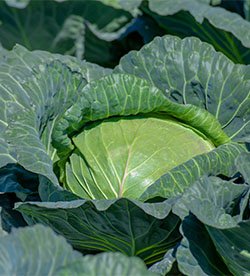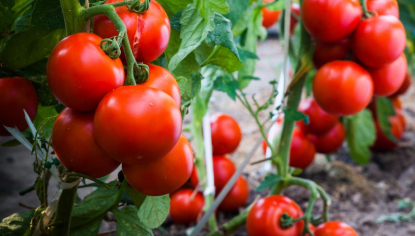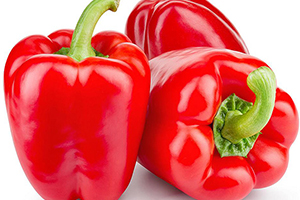By Sangeeta Patel, Sales Agronomist – Seed Co Zambia
The Summer Cropping season is upon us. As we have started planting fields, here’s Seed Co’s focus on one of the factors that may be limiting the farmers’ realization of desired output from their cropping enterprise. Weeds!!!
Weeds are unwanted plants that grow amongst desired crops in a field. Among crop pests, weeds are considered an important biotic constraint to food production. Their competition with crops reduces agricultural output (quantity and quality). Weeds can cause over 50% yield loss. It is for this reason that weed management is important.
Weeds reduce yield by competing with the crop for production factors (space, sunlight, water and mineral nutrients). They can also be a host for pests and diseases, whilst some are parasitic and/or poisonous to the main crop.
All weed management has costs and these are paid by the farmer. Weed management benefits the farmer in terms of crop productivity. Prevention of entry is the most cost-effective form of weed control, eradication of a new introduction is also of good value where possible.
In order to reduce the population of the weeds it is important to reduce the weed seed bank. Weed seed bank is defined as the sum of viable weed seeds and vegetative propagules that are present in the soil and thus contribute to weed pressure in future crops.
Use of non-selective systemic herbicide before planting and selective pre and post emergent herbicide has shown to be effective in reducing the seed bank population
It is important to use a combination of herbicides, in a rotated program, and to adhere to product label instructions to avoid resistance which has been a big problem lately. Use of recommended rate is also key in preventing residual effects that can affect the follow up crop.
Herbicides alone should not be relied upon for weed control; instead, an Integrated Weed Management (IWM) approach should be taken. Integrated Weed Management (IWM) combines appropriate weed control options including mechanical control, chemical control, biological control, and cultural control to achieve effective long-term control. Here below is a break down of these terms:
I. Mechanical Control this management technique suggests destroying unwanted plants with farming equipment or manually. Some practises include hand pulling, tilling, and mowing.
II. Biological Control employs plant enemies in their habitats, the most common Biological control used in Zambia is grazing.
III. Cultural Control ensures field conditions that are less favourable for non-crops to develop.
The given management approach includes:
• planting high-adaptive and competitive species
• selecting good seed varieties that are likely to produce strong and vibrant plants
• crop rotation
• field fallowing
• use of cover crops
• reduction of space between rows
• planting seed at correct depth (thus, crops can grow faster than weed)
Thus, Integrated Weed Management is the most beneficial option in the long-term perspective. It helps achieve economic and ecological goals with the least efforts and harms offering a solution even in the case when some techniques are not suitable.
 Zambia
Zambia Seed Co Group
Seed Co Group Botswana
Botswana Kenya
Kenya Malawi
Malawi Nigeria
Nigeria Tanzania
Tanzania Zimbabwe
Zimbabwe West & Central Africa
West & Central Africa South Africa
South Africa


